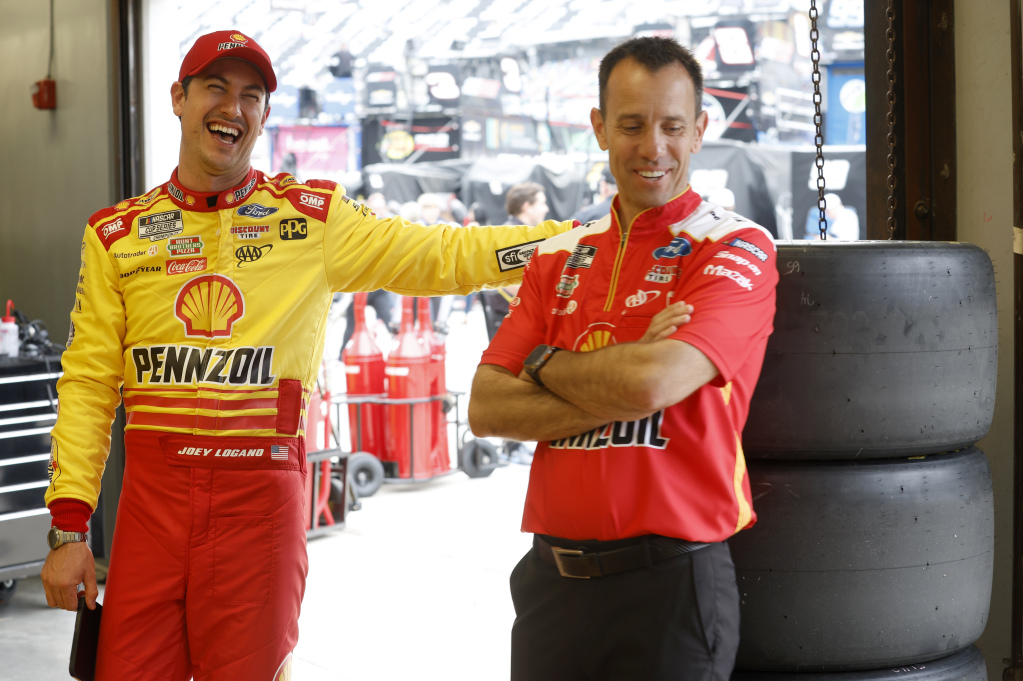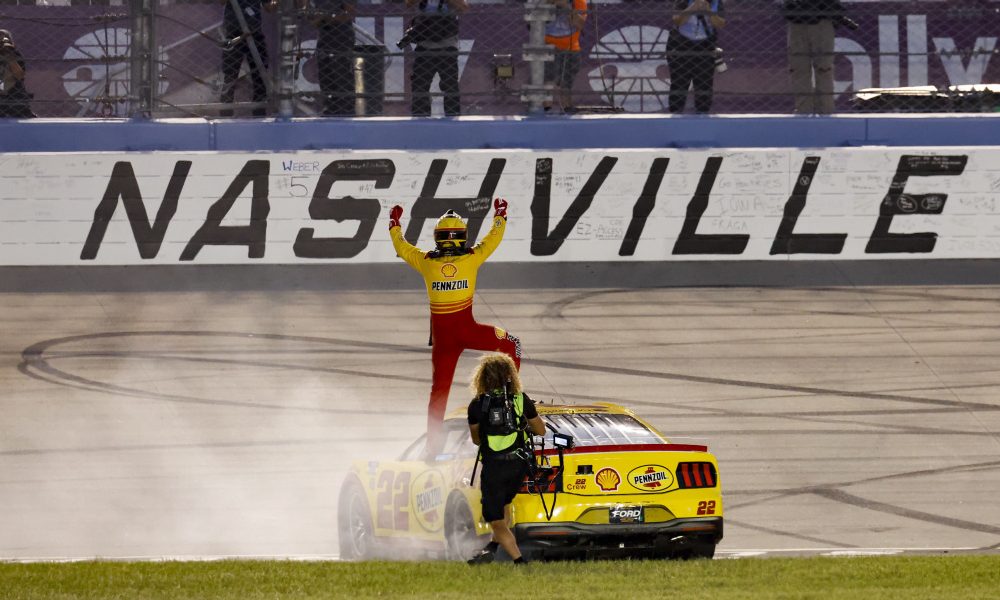Paul Wolfe has put together a NASCAR Hall of Fame legacy in a short amount of time but the Team Penske team leader for Joey Logano continues to focus forward.
“It’s great. I’m excited about it,” Wolfe said after winning his third Cup Series championship. “But I’ve said this many times — I just go to work every day and try to do the best I can for (Roger Penske) and the company and the opportunity they gave me when I came on board some 15 years ago or so now. I’m just trying to make the most of it.
“You just have to go to work every day and prove yourself like it’s your first day on the job. That’s kind of how I’ve approached it.”
Wolfe and Logano have won two championships together (2022, 2024). The first title for both came while paired with someone else. In Wolfe’s case, it was Brad Keselowski in 2012, which was his second season as a Cup Series crew chief. And that championship was also the first in the NASCAR Cup Series for Penske.
[lawrence-auto-related count=3 category=1428]
In nine seasons together, Wolfe and Keselowski won 29 races and finished in the top five in the championship five times. They never had a winless season.
The success has continued with Wolfe guiding Logano’s No. 22 team. It’s been five years that have produced two championships, three Championship 4 appearances, and 13 wins.
“I’ve been fortunate to work with two really talented drivers since I’ve been at Penske, and I’m surrounded by a lot of great people,” Wolfe said. “There are guys on the team today that started with me back with the (Xfinity Series) car there when I first started in 2010 with Brad.
“And then obviously our transition to Cup in 2011. There are guys that started with me then. It’s pretty special that we’ve been able to keep a great group of guys together that, I guess, kind of understand how I like to approach things. And they’ve done a really nice job. It makes my job easier.”
Wolfe has never had a winless season as a Cup Series crew chief. On average, Wolfe and his drivers win three races a year.
In October, when Wolfe and Logano won at Las Vegas Motor Speedway, it was Wolfe’s 41st career win, which is the most in the series by an active crew chief. He ended the year sitting on 42 career wins as the team won the race and the championship at Phoenix Raceway.
“I’ve never tried to micromanage,” Wolfe said. “I try to hire guys that can think for themselves and do their job, and we all know what our position is amongst the team and do it to a high standard that is set from the boss, the expectations. And I’m just glad we can continue to bring him (Penske) things that hasn’t been done in the past with three-in-a-row championships is pretty cool.”

